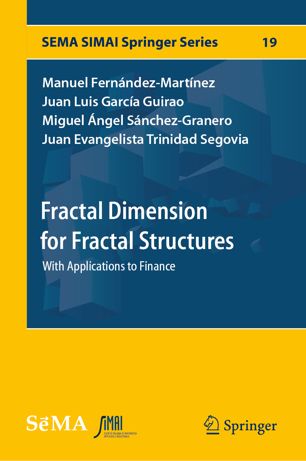

Most ebook files are in PDF format, so you can easily read them using various software such as Foxit Reader or directly on the Google Chrome browser.
Some ebook files are released by publishers in other formats such as .awz, .mobi, .epub, .fb2, etc. You may need to install specific software to read these formats on mobile/PC, such as Calibre.
Please read the tutorial at this link. https://ebooknice.com/page/post?id=faq
We offer FREE conversion to the popular formats you request; however, this may take some time. Therefore, right after payment, please email us, and we will try to provide the service as quickly as possible.
For some exceptional file formats or broken links (if any), please refrain from opening any disputes. Instead, email us first, and we will try to assist within a maximum of 6 hours.
EbookNice Team

Status:
Available4.8
7 reviewsThis book provides a generalised approach to fractal dimension theory from the standpoint of asymmetric topology by employing the concept of a fractal structure. The fractal dimension is the main invariant of a fractal set, and provides useful information regarding the irregularities it presents when examined at a suitable level of detail. New theoretical models for calculating the fractal dimension of any subset with respect to a fractal structure are posed to generalise both the Hausdorff and box-counting dimensions. Some specific results for self-similar sets are also proved. Unlike classical fractal dimensions, these new models can be used with empirical applications of fractal dimension including non-Euclidean contexts.
In addition, the book applies these fractal dimensions to explore long-memory in financial markets. In particular, novel results linking both fractal dimension and the Hurst exponent are provided. As such, the book provides a number of algorithms for properly calculating the self-similarity exponent of a wide range of processes, including (fractional) Brownian motion and Lévy stable processes. The algorithms also make it possible to analyse long-memory in real stocks and international indexes.
This book is addressed to those researchers interested in fractal geometry, self-similarity patterns, and computational applications involving fractal dimension and Hurst exponent.